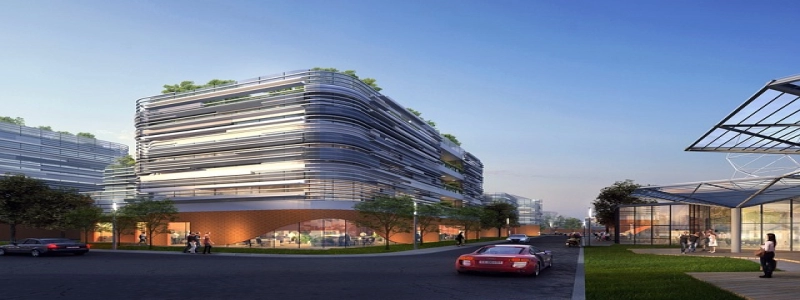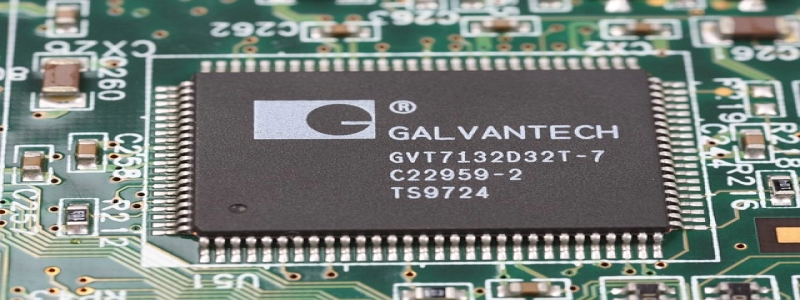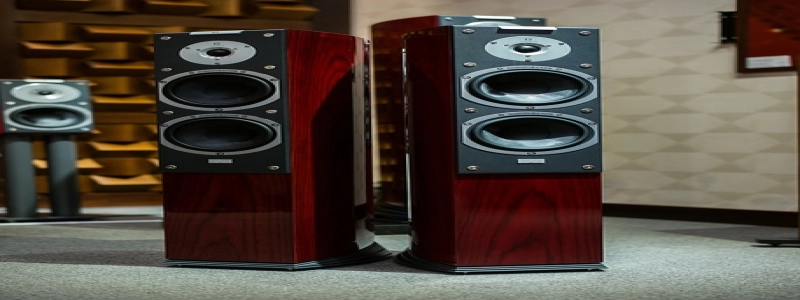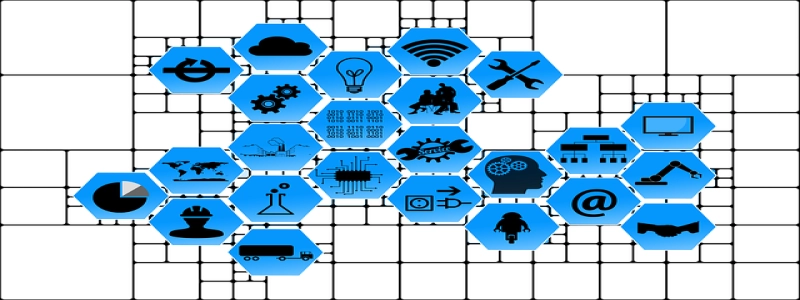10 Gbps Ethernet
Introduction:
In this article, we will delve into the details of 10 Gigabit Ethernet, also known as 10 Gbps Ethernet. We will explore its significance, benefits, and its impact on modern networking.
I. Overview of 10 Gbps Ethernet:
A. Definition and purpose:
1. 10 Gbps Ethernet refers to a standard for high-speed Ethernet connections, capable of transmitting data at a rate of 10 billion bits per second.
2. It is designed to meet the increasing demand for faster and more reliable network connections in various industries.
B. Evolution of Ethernet speeds:
1. Ethernet technology has progressed over the years, with successive standards introducing faster speeds:
a. 10 Mbps Ethernet – introduced in the early 1980s.
b. 100 Mbps Ethernet – introduced in the early 1990s.
c. 1 Gbps Ethernet – introduced in the early 2000s.
d. 10 Gbps Ethernet – introduced in the mid-2000s.
2. 10 Gbps Ethernet represents a significant leap forward in terms of network speed and capacity.
II. Advantages of 10 Gbps Ethernet:
A. Increased bandwidth:
1. 10 Gbps Ethernet provides ample bandwidth for high-demand applications such as server virtualization, video streaming, and big data processing.
2. It enables the transfer of large files and data-intensive operations at a much faster rate than previous Ethernet standards.
B. Improved network performance:
1. With 10 Gbps Ethernet, network latency is greatly reduced, resulting in faster response times and enhanced network performance.
2. It allows for quicker access to critical resources and applications, leading to increased productivity and efficiency.
C. Scalability:
1. 10 Gbps Ethernet offers scalability, allowing for the expansion of network capacity as needed.
2. It supports the growth of enterprise networks and accommodates future technological advancements.
III. Implementation and Deployment:
A. Hardware requirements:
1. To utilize 10 Gbps Ethernet, network devices such as switches, routers, and network interface cards (NICs) need to support the standard.
2. Fiber optic cables or twisted-pair copper cables are used for transmitting data at this high speed.
B. Deployment scenarios:
1. 10 Gbps Ethernet is commonly deployed in data centers, where high-speed connectivity is paramount for accessing and managing large amounts of data.
2. It is also used in backbone networks to handle the increasing traffic volume and ensure smooth communication between different network segments.
IV. Future prospects of 10 Gbps Ethernet:
A. Emerging applications:
1. With the advent of technologies such as artificial intelligence, virtual reality, and internet of things, the demand for high-speed network connections will continue to grow.
2. 10 Gbps Ethernet is well-positioned to support these emerging applications and cater to the needs of a technologically advanced society.
B. Further advancements:
1. Ongoing research and development aim to push Ethernet speeds even higher, with 40 Gbps and 100 Gbps Ethernet already being developed.
2. These advancements will provide even greater bandwidth and performance, ensuring the network infrastructure keeps up with the ever-increasing demands of modern technology.
Conclusion:
The advent of 10 Gbps Ethernet has revolutionized the networking industry, providing faster and more efficient connectivity for a wide range of applications. Its benefits, including increased bandwidth, improved network performance, and scalability, make it a crucial component of modern networking infrastructure. Looking towards the future, 10 Gbps Ethernet is expected to continue evolving to meet the needs of emerging technologies and support a digitally connected world.








